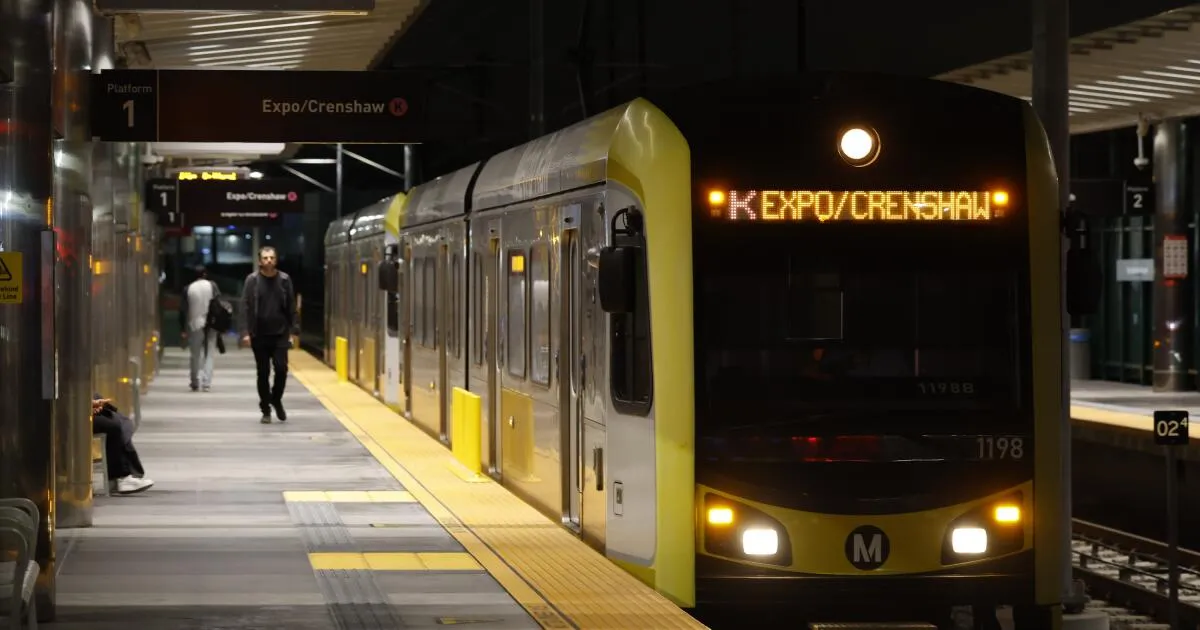
On the campaign trail eight years ago, Governor Gavin Newsom made a bold promise to support the construction of 3.5 million new homes in California by the end of 2023. Although he is likely to fall short of this ambitious goal, his recent actions reaffirm his commitment to addressing the state's housing crisis. On Friday, Newsom signed Senate Bill 79 into law, marking a significant step in California's housing strategy.
Senate Bill 79 represents one of the most ambitious state-imposed housing initiatives in recent memory, aiming to add density to transit hubs across California. The bill is set to take effect on July 1, 2026, and it overrides local zoning laws to permit taller and denser housing developments near key transit stations, including subway stops, light rail stations, and bus stops with dedicated lanes. Newsom emphasized the importance of affordable housing, stating, “All Californians deserve an affordable place to live — close to jobs, schools, and opportunity.”
The sweeping legislation allows developers to construct residential buildings of varying heights based on proximity to transit hubs. Specifically, developers may build:
Up to nine stories adjacent to subway stops Seven stories within a quarter-mile of subway stops Six stories within a half-mile of subway stops Five to eight stories near light rail and dedicated bus lanes, depending on proximityThis legislative change is the second major housing reform Newsom has enacted this year, following a landmark bill in June that streamlined the housing construction process and reduced regulatory hurdles associated with the California Environmental Quality Act (CEQA).
The passage of Senate Bill 79 has been met with mixed reactions. Supporters, including YIMBY (Yes In My Backyard) groups and developers, argue that increasing housing density near transit stops is essential to alleviating California's housing crisis and promoting public transportation. “With his signature on SB 79, Governor Newsom cements his legacy as one of the most transformative pro-housing leaders in California history,” stated California YIMBY Chief Executive Brian Hanlon.
Conversely, some city officials, particularly in Los Angeles, have raised concerns about the bill’s overarching approach. Mayor Karen Bass called for a veto, and the L.A. City Council passed a resolution opposing the bill, arguing that the one-size-fits-all strategy undermines local control over zoning decisions.
The bill’s scope was ultimately narrowed to apply only to counties with at least 15 passenger rail stations, which includes only eight counties: Los Angeles, Orange, San Diego, Alameda, San Francisco, San Mateo, Santa Clara, and Sacramento. The most significant impacts are expected in Los Angeles, which has approximately 150 transit stops that will be affected by the bill.
Additionally, several deferral options have been included, allowing cities to postpone implementation until around 2030 in specific areas. Properties in high-risk fire areas, historic preservation zones, and low-resource neighborhoods can be exempted for the next five years. The bill also features a “Beverly Hills carve-out,” limiting upzoning responsibilities for smaller, affluent cities.
As the law takes effect, cities, developers, and residents are now tasked with understanding its implications and determining who is affected by the new regulations. While some online maps have attempted to illustrate the areas subject to upzoning under SB 79, no definitive parcel-specific overview has been established yet. The Los Angeles planning department has released a draft map for exploratory purposes, but a binding eligibility map will be published by the Southern California Association of Governments.
In the interim, YIMBY advocates hope that this bill will stimulate multifamily development in Los Angeles, which has seen a decline in recent years due to economic challenges and regulatory uncertainties. “California is changing, whether people want it to or not,” said Matt Lewis, spokesperson for California YIMBY. “The question is whether we allow those changes to be sustainable and affordable, or chaotic and costly.”